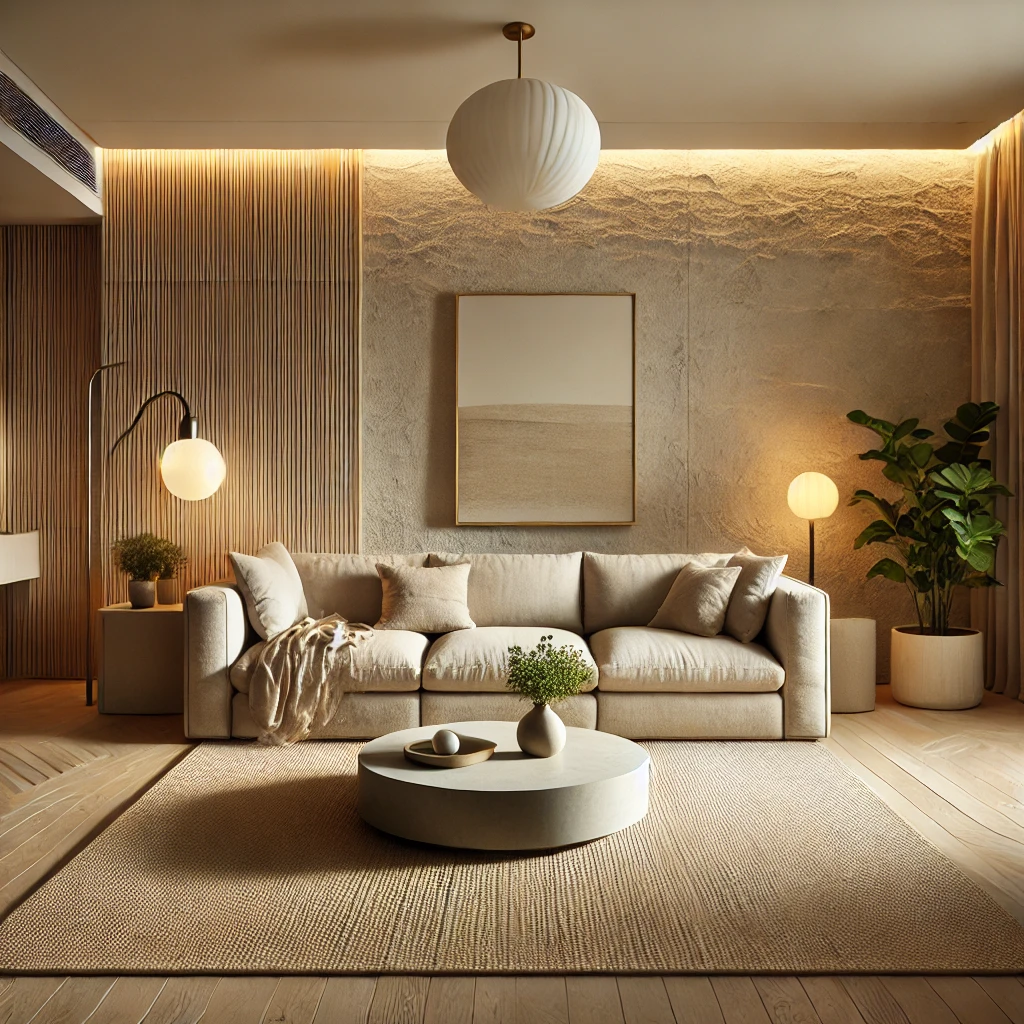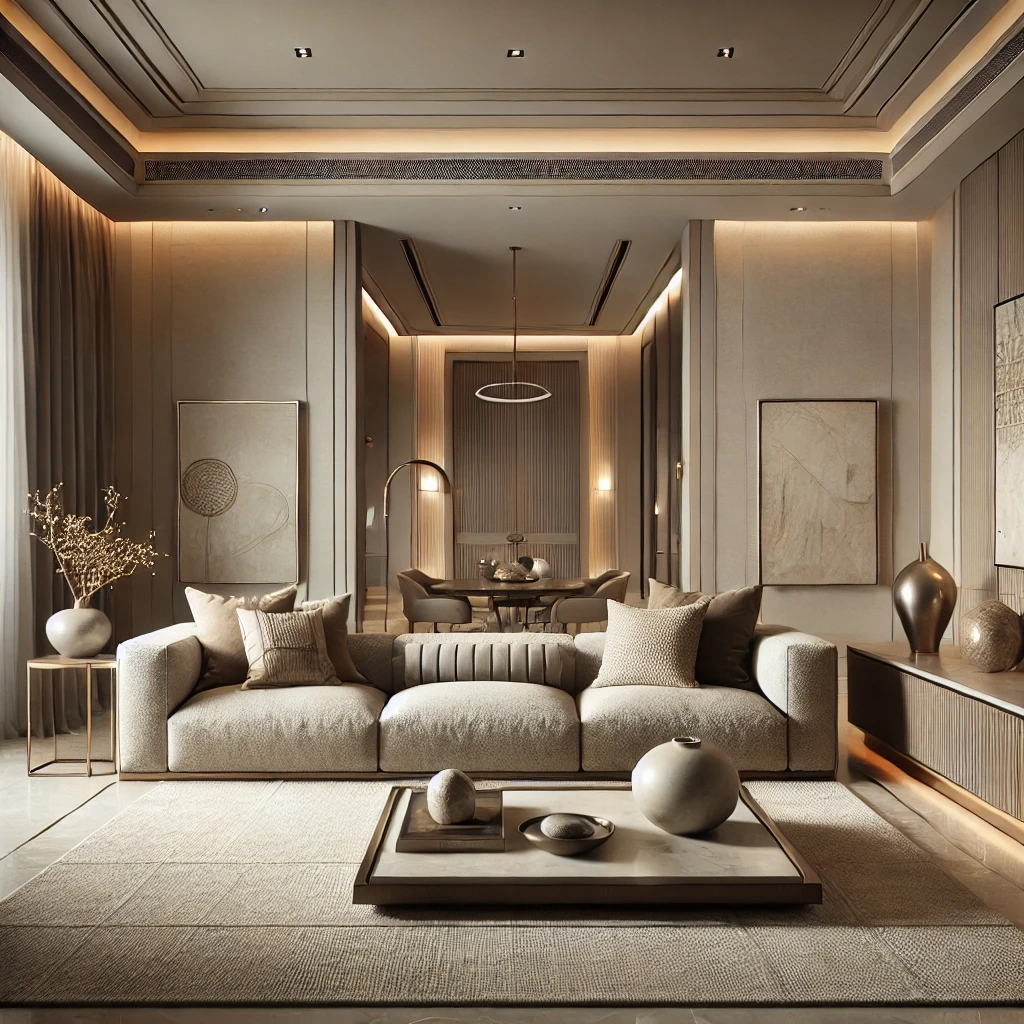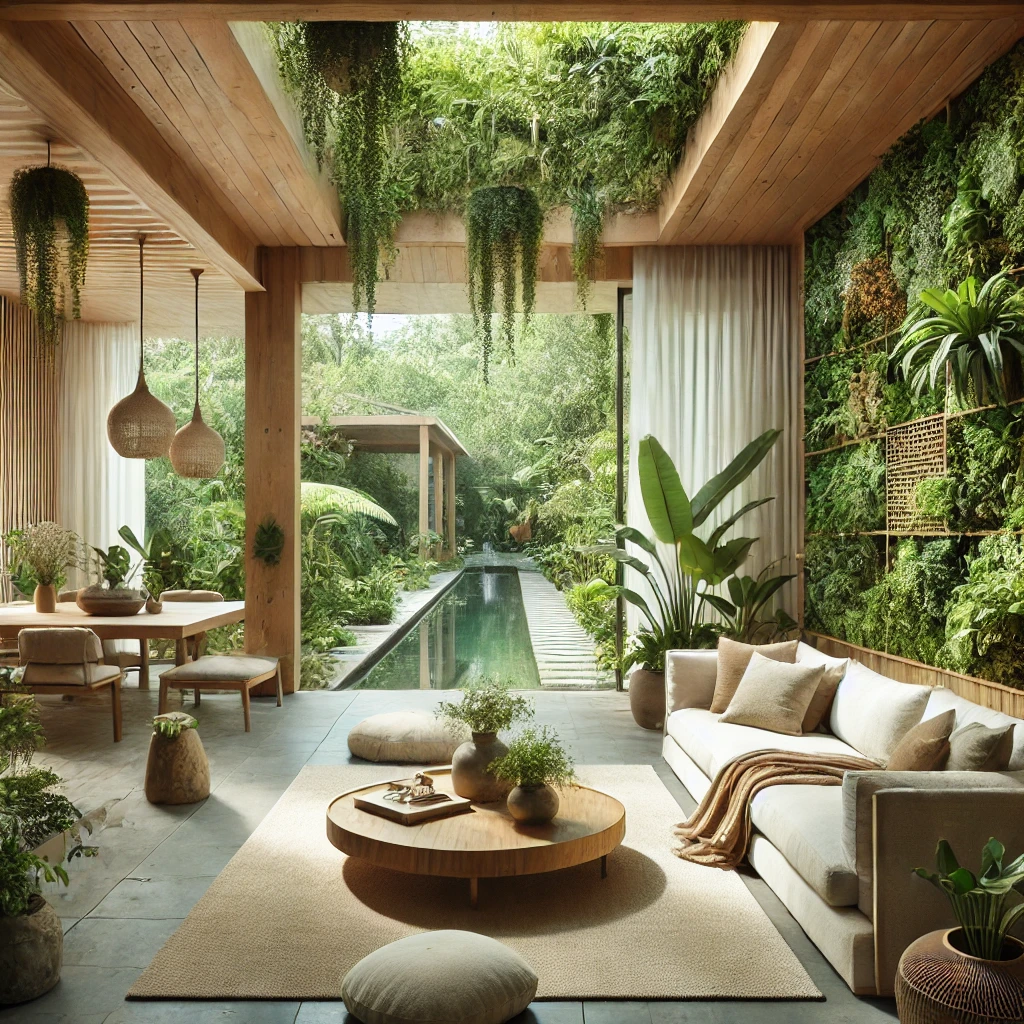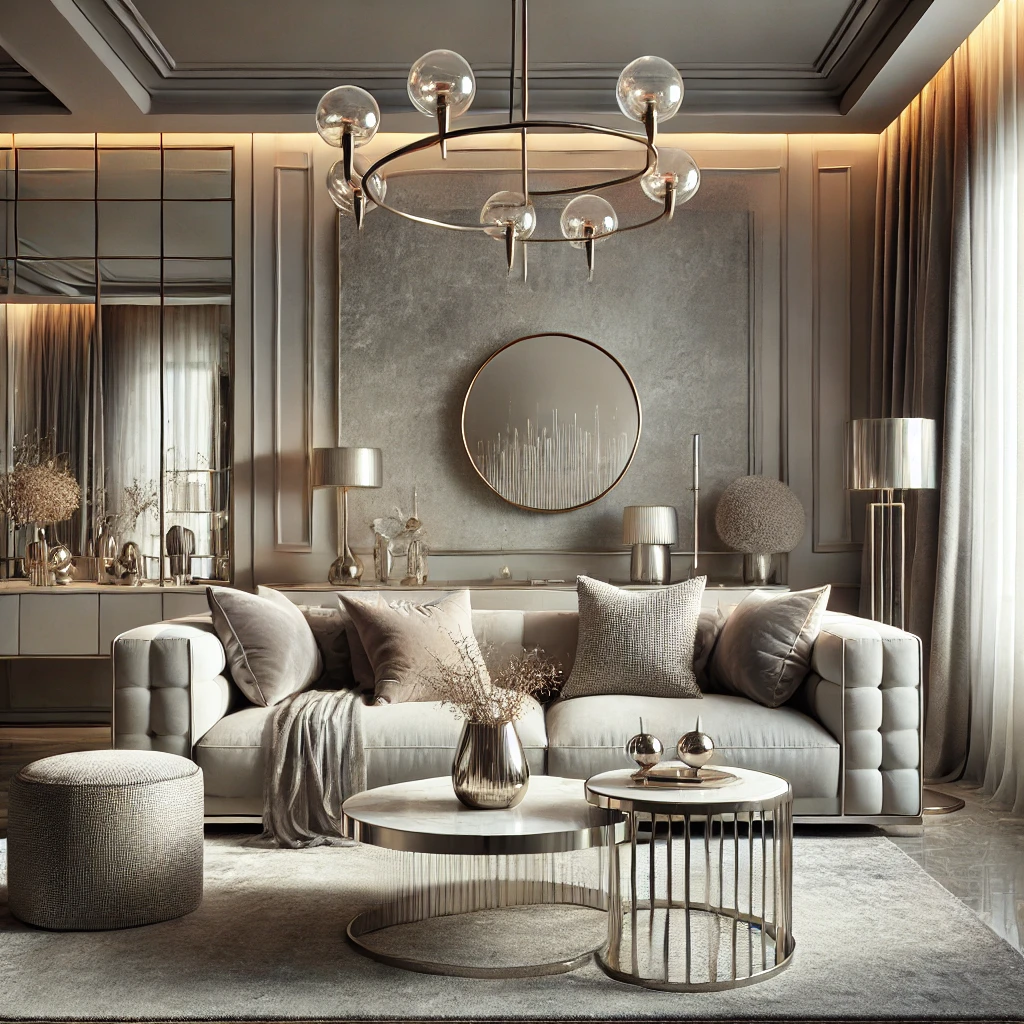Minimalist austerity has been the dictum of home design for decades—pristine white walls that look like a blank canvas crying to be filled with life. Times, however, are altering. Interiors once stark are being reimagined as ones that are warm, cozy, and personality-packed, with aesthetics that are not only gorgeous to behold but also deeply personal.
Warm Minimalism: Simplicity with a Soul

Minimalism has evolved beyond stark white spaces into a warmer, more inviting approach. Warm minimalism maintains simplicity while incorporating organic textures, natural tones, and soft contrasts, making spaces feel more human and soulful.
Instead of plain, flat walls, textures now play a key role—from grasscloth finishes and embossed wallpapers to exposed brick and natural stone. Likewise, flooring embraces warmth, using wood with visible grain, polished concrete, or stone surfaces. Additionally, lighting is no longer just overhead fixtures; rather, layered illumination from floor lamps, sconces, and indirect lighting adds depth and coziness.
Ultimately, warm minimalism transforms minimalistic design into a richer, more livable experience, balancing clarity with warmth.
Quiet Luxury: Understated Sophistication

Quiet luxury embodies refined elegance without excess, emphasizing quality, craftsmanship, and timeless beauty over extravagance. This approach creates a home that feels effortlessly sophisticated yet understated.
To achieve this, natural materials take center stage. For example, exposed brick adds warmth, while marble and limestone bring classic luxury, especially in bathrooms and kitchens. Meanwhile, soft, earthy tones like grays, beiges, and natural stone hues enhance the sense of tranquility.
Rather than following fleeting trends, quiet luxury focuses on enduring design. Ultimately, it transforms homes into timeless sanctuaries that reflect personal values while offering refuge from the chaos of the outside world.
Living in Harmony with Nature: Biophilic Design as a Lifestyle

By 2025, the need to reconnect with nature in home design will become more essential. As a response to increasing digitalization or simply a return to fundamental human needs, biophilic design is shifting from a trend to a guiding philosophy.
Rather than just adding plants, this approach focuses on creating homes that “breathe” and interact with their surroundings. For instance, a living wall can soften modern interiors, while natural materials like wood and stone are chosen not just for aesthetics but for their sustainability and longevity.
Ultimately, as the demand for eco-conscious living grows, biophilic design seamlessly blends well-being, sustainability, and a harmonious connection between architecture and nature.
The Silver Touch: Understated Sophistication in Metallic Accents

Brass and gold have dominated interior design for years, imparting a glam ambiance to homes. Now, silver is making a comeback as a less showy, more sophisticated alternative. Silver accents are appearing in kitchens, baths, and living spaces—picture matte silver faucets in a kitchen with brick accents or a silver-framed mirror above bedroom fixtures with warm light. The pieces bridge the past and the present, delivering a timeless and versatile appearance.
Unlike its warmer metallic relatives, silver expresses a sleek, modern sophistication that harmonizes with a variety of design styles, from classic to ultra-modern. Pairing silver with warm wood tones yields a peaceful balance between contemporary elegance and organic warmth.
2025 is less about how homes look and more about how they make us feel. A lovely home is so much more than a structure—it’s a story that’s told through every carefully chosen detail. To step into a space that feels peaceful, warm, and timeless is the essence of intentional living.





